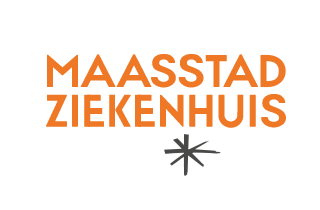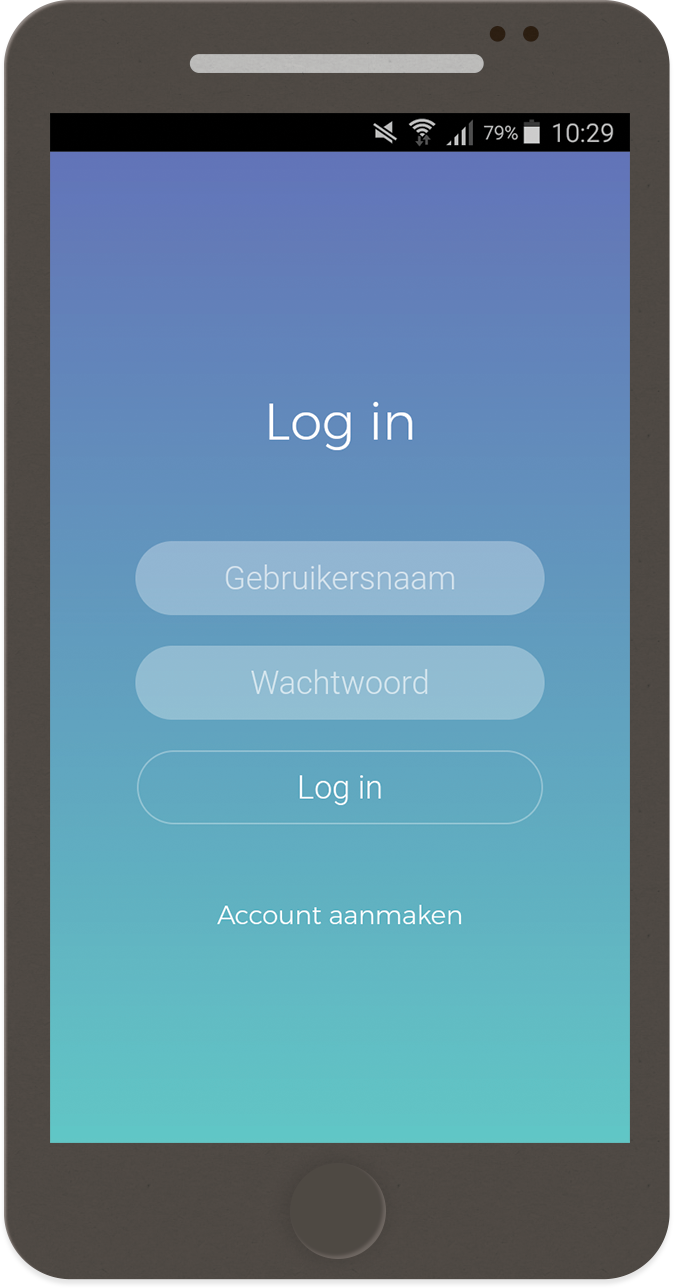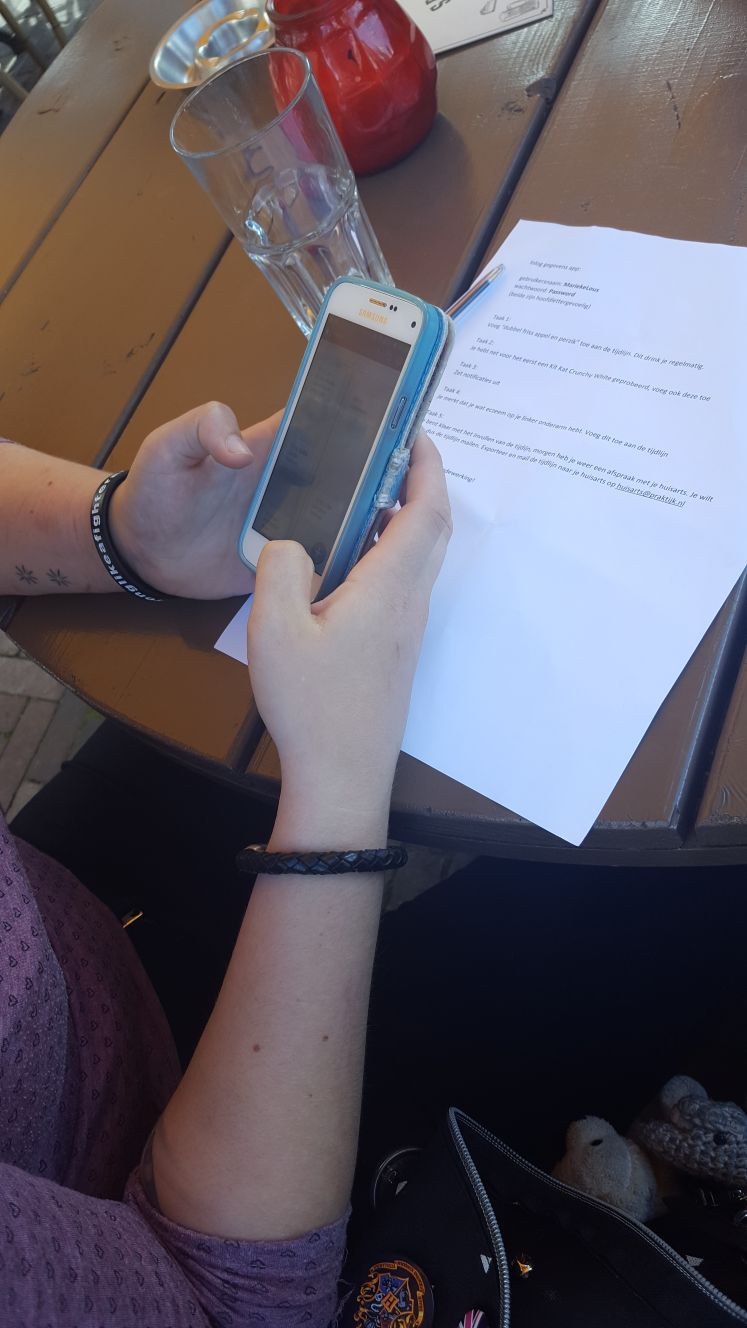THE PROJECT

My graduation project was done for the Maasstad hospital in Rotterdam. The assignment was to help non-allergy specialists to diagnose allergies correctly. The Maasstad had already developed an algorithm that provides commentary text with blood test results for a better interpretation. However, it is still very important to find a possible cause of an allergic reaction for a test is done. Otherwise it will be nearly impossible to get conclusive results. I decided to put the focus on making a product that can be used by general practitioners, as these are the first doctors most patients see with their allergic symptoms.
THE PRODUCT
To aid general practitioners and their patients in finding a possible cause, I designed the Allergenie; an app that helps the patient to easily keep track of their food intake and symptoms. The app can also be used to keep track of care products. When a general practitioner expects a patient might have an allergy, they can suggest to use the Allergenie app for a couple of days. Normally, patients kept track of their food on paper, which is a hassle for both them and their doctor. The Allergenie app provides a barcode scan function to quickly add a product and register all ingredients. This way, also less obvious allergens are tracked. Tracking is also a lot easier as people tend to always have their smart phone on them.

After a couple of days, the patient returns to their general practitioner. Before their consult, the patient can export their tracked data and e-mail it either directly to their doctor or to themselves to print out. This export provides a visual overview on what allergens the patient has come into contact with before their symptoms occurred. It also shows a list of allergens that are consumed often before symptoms occurred.
Since the patient can also already see in their app what they have eaten beforehand, the doctor and patient can together find a possible cause. A test can be ordered to provide a more decisive diagnosis. Using the algorithm of the Maasstad hospital, the chances of mis-diagnosis will be mitigated a lot. The patient also has a lot more insights on which foods they will need to avoid.

The exported timeline, with input from one day
THE PROCESS
I started this project by diving into the process of allergy diagnosis. I talked to allergists, interviewed patients, viewed allergy tests done in a lab and read about new developments. I organized a co-design session to get insights from patients on what they would want in a product. I made a patient journey map, to get an overview of the whole process and complexity of allergy diagnosis. Using all this information, I narrowed down the scope of my project and decided to focus only on general practitioners and patients with food allergies. I brainstormed about ideas and made a morphological chart to combine them. I developed two concepts; the app and a computer program which guides in finding a possible guide during the consult.
I proposed these concepts to general practitioners as well as patients. Both had a strong preference for the app. The app met the requirements that were set for this project better, so the app was chosen. Further development lead to the making of an interactive prototype. I used HTML, CSS and Javascript to write the app and using PhoneGap transformed it into an app. With this prototype, I did user test to find out if the design was user friendly and users could find all the functions. For this test, both people with and without allergies were used. I conducted a user test with general practitioners to see if they were able to interpret the export correctly. With the insights of the user tests, a final design was made.

One of the participants during the user test